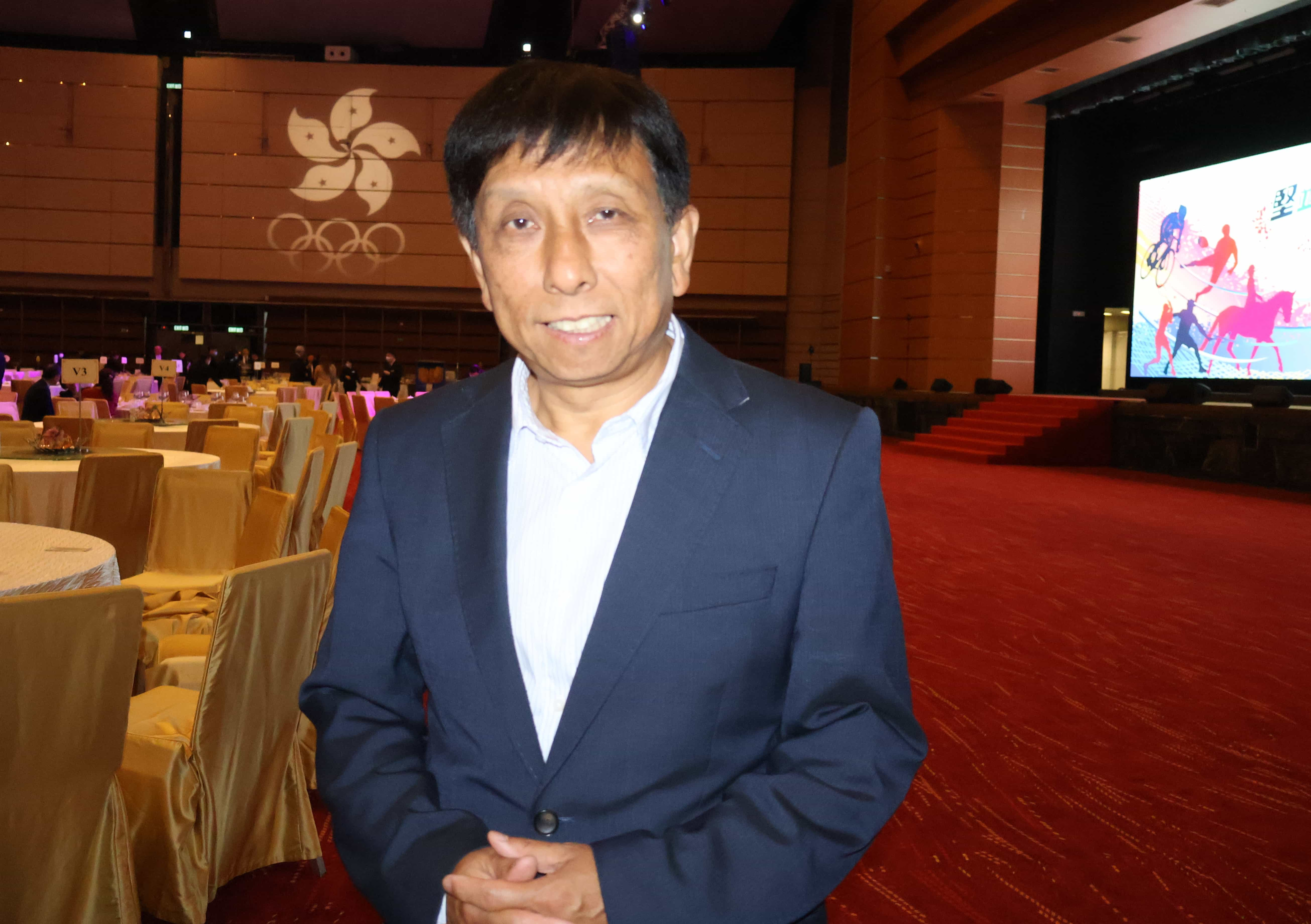The Magic of DanceSport

There is a sport suitable for ages from three to 80, encompassing the young, middle-aged, and elderly. It not only enhances physical fitness but also aids the seniors in delaying ageing and preventing sarcopenia, alleviating stress and improving body coordination for middle-aged individuals as well as strengthening muscle training and boosting self-confidence for youngsters. This sport is none other than “DanceSport” that includes standard dance, Latin dance, and breaking!
We've invited Dr. Hung Tak LOUIE, Lobo, MH, Associate Head of the Department of Health and Physical Education at The Education University of Hong Kong, to elaborate how dancing contributes to your physical and mental well-being.
1) Improving Body Coordination
In Hong Kong, both children and senior citizens participate in standard and Latin dances. Dr. Louie believes that dancing enhances body coordination, benefiting individuals across all age groups. He said, "There's a saying: 'Inactive when young, Sluggish when old.' Children should learn how to shift their balance from an early age, such as stepping forward and backward, bending, and turning. These fundamental elements of dancing train them to balance and coordinate their bodies."
"Seniors can also benefit greatly. The World Health Organization conducted a research on those aged 65 and above and found that engaging in balance-related exercises at least three times a week significantly reduces the risk of falls among the elderly. Each dance step involves training various muscle groups, which is highly helpful in delaying the phenomenon of muscle loss and weakening, commonly known as sarcopenia.”
2) Enhancing Cardiopulmonary Function
According to Dr. Louie, it was found in a research conducted on professional dancers of foreign groups that their "maximum heart rate" (related to cardiopulmonary fitness) exceeded 180 beats per minute, indicating high-intensity activity when they were attached to a device to measure oxygen consumption during competitions.
He explained, "Calculating heart rate using the formula (220 - age), for example, adults in their 20s or 30s have a maximum heart rate of about 200 beats per minute while a Latin dance athlete's heart rate during a competition can reach up to 90% of this level, which is, in general, considered a high intensity with the range of 80-85%."
"Research even suggests that the cardiopulmonary fitness of professional dancers is on par with that of professional football players. Therefore, it's essential to undergo proper physical training to withstand the high-intensity competition on the field. For children and seniors, Dr. Louie advises that different dance styles have varying requirements, and it's crucial to choose competitions that align with the physical capabilities of the dancing couples."
3) Alleviating Stress
As popularly stated, "You have stress, I have stress, everyone has stress." People of different age groups experience varying degrees of stress – children experience academic stress, adults face work-related stress, and seniors confront the physical decline of their bodies. Dr. Louie indicates that dancing helps individuals detach themselves from various stresses in their daily lives, which enhances their immune system in stress relief.
He expressed, "Regardless of age, danceSport helps alleviate tension. Foreign literature confirms that dancing is a muscle-involved activity linked to cardiopulmonary activities. All these aspects help improve metabolism, promote the hormonal system, and enhance the immune system. When our immune system improves, it becomes effective for us in combating external stressors."
4) Boosting Self-Confidence and Expressiveness
"In competitions, judges evaluate dancers based on their style, flow, and even factors such as smiles, eye contact, and facial expressions. These aspects are cultivated through training and competitions, leading to increased self-confidence in dancers. Even though dancers do not use words to perform, maintaining good eye contact and smiles for judges and spectators throughout the competition requires consistent positive expression. Over time, this contributes to boosting self-confidence and enhancing the power of speech."
5) Improving Mental Health
"Whether it's latin dance or standard dance, both are considered 'social dances.' These activities require two indispensable persons to interact in order to fulfill a function. This produces a positive interactive effect, which is beneficial for reducing the risk of depression-related illnesses. It's highly beneficial for mental health, psychological health, and social well-being."
Dr. Louie believes that danceSport is a "Sport for All" activity. "Dancing doesn't require a lot of equipment. Playing basketball requires a stand while playing soccer requires goalposts. Dancing is suitable for Hong Kong's environment; all you need is an indoor space, accompanied by music, and you can dance all day long." It's worth giving it a try!